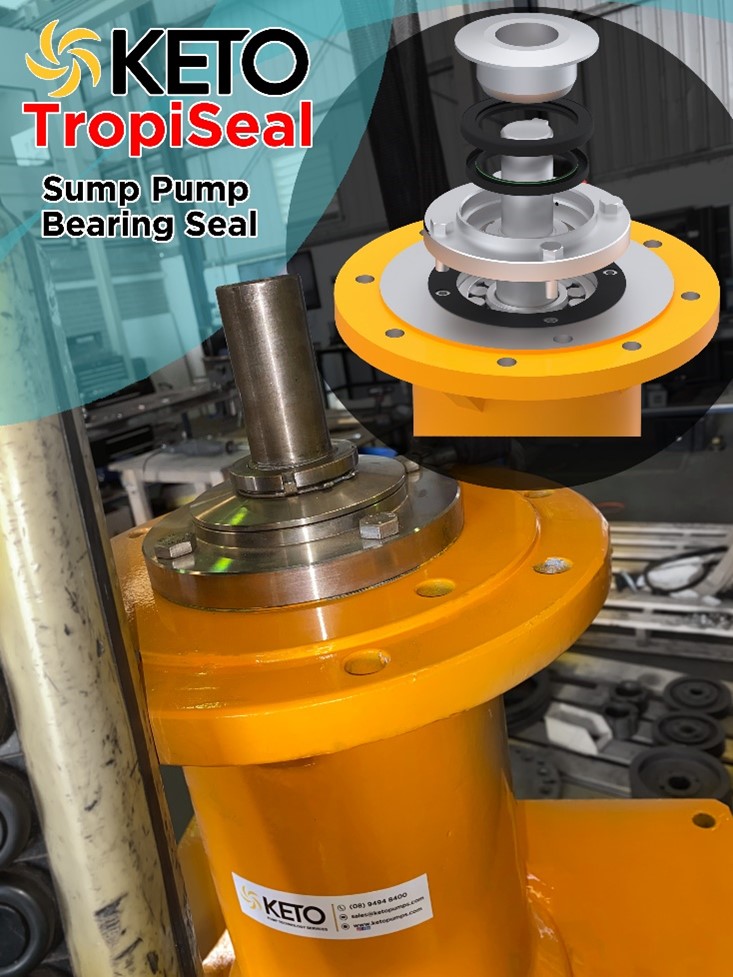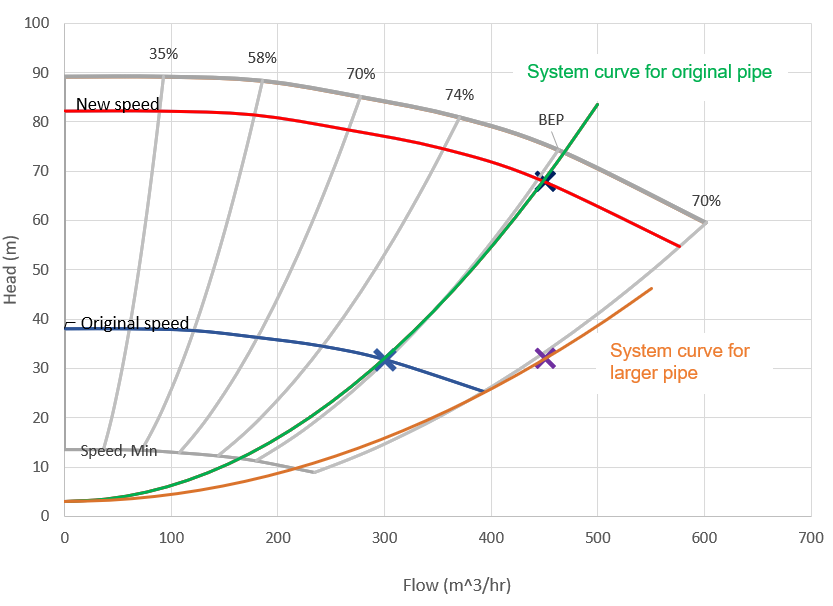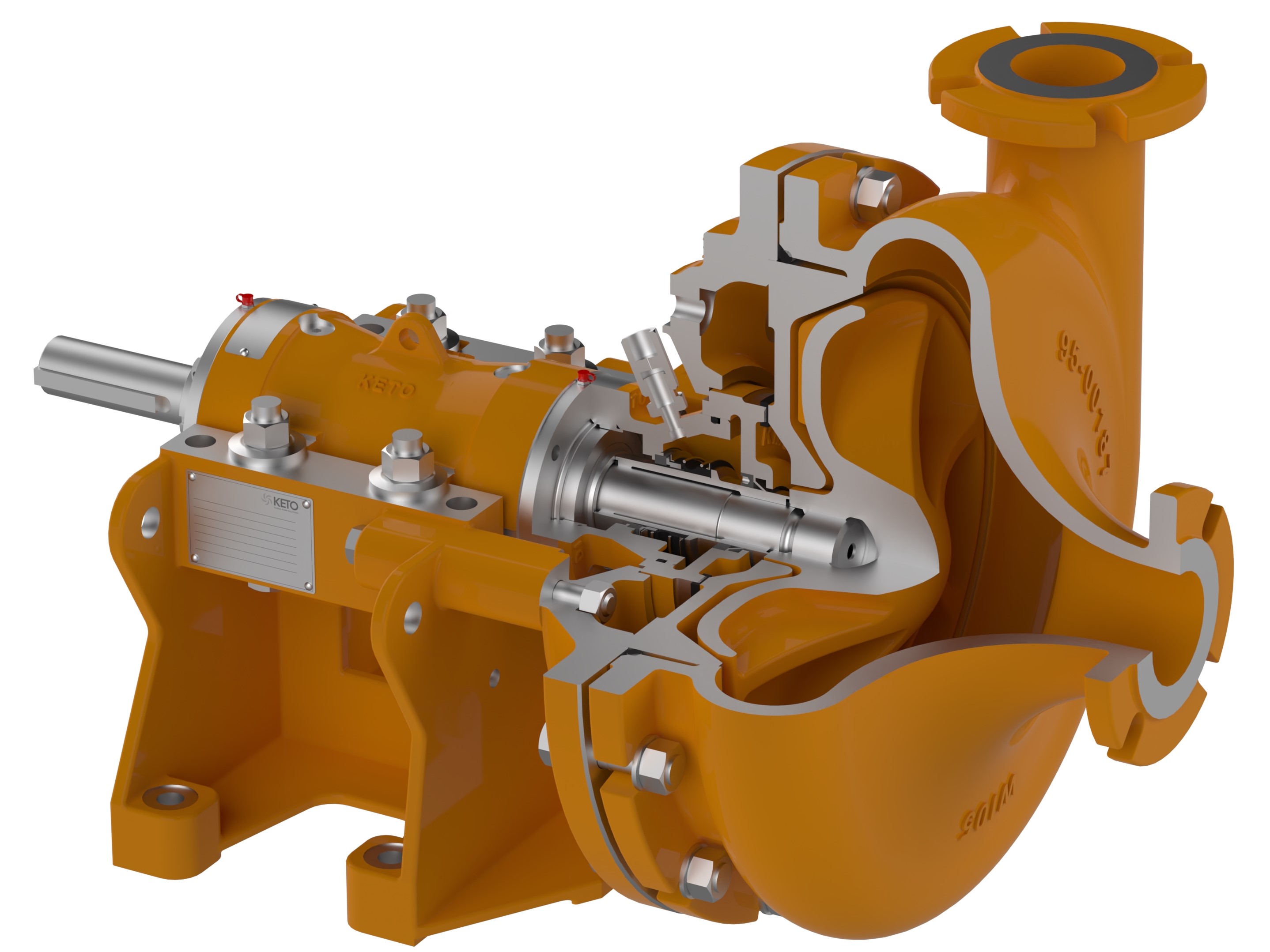News
Under the Pump to Reduce OPEX
17/04/2015
Financial constraints are compelling mine operators to keep costs down on water and fluid management without compromising safety and efficiency.
As the mining economy increasingly focuses on production, successful water and fluid management can mean the difference between operating at a profit or loss.
But a combination of industry expertise and leading technologies are helping mine operators reconcile the challenges of raising efficiency while keeping OPEX costs down.
End users of pump technology for instance are pushing the boundaries of conventional technology, as mine operators require higher dewatering and water capacities and deeper exploration requirements, according to Mark Gemmell of Schlumberger.
Schlumberger is a global company renown for its artificial lift solutions in the oil and gas space and is successfully extending its expertise and technology with submersible pumps into mining.
“Standard industrial pumping solutions have intrinsic limits to their capacity, which means an exponential increase in pump deployment, or implementation of alternative technologies,”Gemmell told Australian Mining.
“Traditionally mines have deployed lower cost pumping systems and maintained operation through the OPEX budget, but financial constraints on the mining operations are limiting the availability of both CAPEX and OPEX.”
Our technical director with global mining pumps and systems company Keto Pumps – agrees and adds that raising efficiency and keeping OPEX costs down while maintaining safety are some of the biggest challenges he has observed from end users.
“We also hear quite a lot about water at mine sites – either too much of it in the case of mine site floods or not enough to supply pump seals or provide cooling,” he told Australian Mining.
End users are demanding cost reductions across the board, says Gemmell, as well as improvements to efficiency and operational costs to ensure viability of operations.
“There is still a resistance to new and unknown technologies, but this is definitely changing as knowledge is shared and experience is gained in the industry in region.”
Currently, one of the main focus areas is reducing OPEX as many mines are under pressure to reduce their total cost of mining.
“This means offering pumps whose total cost of ownership is reduced, i.e. wear parts that last a long time and when they need replaced will be available quickly and at reasonable cost.”
Collins also cites a growing demand for training, as many people within the sector are new or requiring more skills development than in the past.
“Additionally we see many people requiring more than just a simple pump or part, but rather a total solution. This can involve packages of pump, valves and pipework or skidded solutions for dewatering or bore headworks,” he said.
“We’re now offering much more of this type of total solution which we’ve had much success with major players like BHP Billiton, Alcoa, Rio Tinto and others. This typically comprises a trailer, pumps, instrumentation, electrical panel and other systems neatly packaged and ready to go as soon as it is delivered to site.”
Mine operators are also requiring not just innovation in the pumps themselves, says Collins, but in how our services are delivered.
“Service exchange programs or VMS [Vendor Managed Stock] agreements are becoming increasingly popu lar as a method of improving the availability and cost effectiveness of maintaining a mine’s fleet of pumps. It can remove a lot of the hassles of ensuring pumps have peak availability.”
K-ISS SealBoosting efficiency
Deploying higher capacity submersible pumping systems that do not require extensive or any re-drilling of existing bore locations, says Gemmell, can help boost production and efficiency with lower overall costs, rework requirements and downtime.
“Reduced downtime and workover requirements ensure that systems can be operated for longer, more safely and with reduced operating costs for the life of the project,” he said.
New materials and subtle design changes, adds Collins, can improve efficiency without having to conduct site trails of novel solutions.
“It’s critical to ensure pumps are provided with quality castings and are designed to make maintenance easy and safe. For example, the installation of bursting discs can negate the possibility of pump explosion,” he said.
Although the basic design of pumps in mining has not changed significantly, says Collins, there have been some incremental changes that have improved wear rates in the design of impellers, throat bushes, bearing housings and also in the general metallurgies used.
“For example, we’ve modified the hydraulic profiles of our impellers – small changes which to the normal user might not be easily detected, but results in a flow of slurry across the impeller that dramatically reduces circulation and concentrated wear areas.
This can in some cases increase the life of an impeller by two, three or even more times.”
Keto recently launched a proprietary extended wear life material comprising up to 95 per cent ceramic beads cast into a high wear urethane matrix.
The material combines the advantages of urethane and ceramic parts without the risks of cracking, or high purchase cost of traditional ceramics.
“We’ve installed impellers of this type in various locations in Australia including Greenbushes Tin, WA where we doubled the life of the old impeller,” Collins said.
Gemmell highlights several technical advances for both bore pumping and surface water management systems. These include high efficiency operation; very high flow rates and pressure capabilities from a reduced number of systems; slim profile design for bore pumps – reduced drilling/environmental impact; zero maintenance on bore systems, and minimal maintenance on surface systems; and modular designs on both bore and surface systems for simple replacement.
K-HEE ImpellerPump selection
When selecting pumps, advises Collins, provide as much information about the system conditions in which your pump is operating and also as much about the fluid you are pumping.
“A pump manufacturer can then take this information and marry this to the most efficient solution from their range in terms of hydraulics and materials used,” he said.
“If you’re replacing parts or complete pumps in a system then also consider getting the representatives of a pump company out to site to discuss the application. This is particularly important for pumps that are considered ‘bad actors’ or are consuming parts at a rapid rate.
“Often after reviewing site conditions or viewing worn parts a better solution than a simple replacement can be offered, possibly involving basic improvements to piping arrangements, valves or upgrades to the pump itself,” Collins said.
“A lot can be diagnosed from this type of analysis that could lead to big savings in the long run.”
Gemmell adds that in pump selection it is important to be mindful that one technology type does not fit all, whether it is for bore pumping or surface water handling/disposal.
“A cost and efficiency-driven business should consider the combination of CAPEX and OPEX requirements on a solution to ensure best fit for purpose,” he said.
“There are multiple options in pump type and deployment, with each technology having a specific niche/ capability window.
“There needs to be awareness that often the traditional or accepted pumping systems are not ideal for the application.
“Reviews with dedicated pumping companies, especially pump-specific EPCs can often provide a better, more efficient and more cost-effective solution for the long run.”
Pump suppliers and service providers are also reaching out to end users with resources that aid in the optimisation and operation of pumps and pumping systems.
Keto has developed a top ten list of ways mine operators can save money when it comes to pumps including selecting pipe velocities to keep solids in suspension; minimising shaft seal water by using leak free seals; keeping suction pipework as short as possible; matching pumps to their system resistance curve; and not over speeding pumps.
“We’d also recommend that mine operators shop around,” Collins said.
“Although we often find end users have had bad experiences from buying from cheap replicators, you don’t have to buy from the biggest players in the pump industry. Smaller companies are also worth checking out.”


